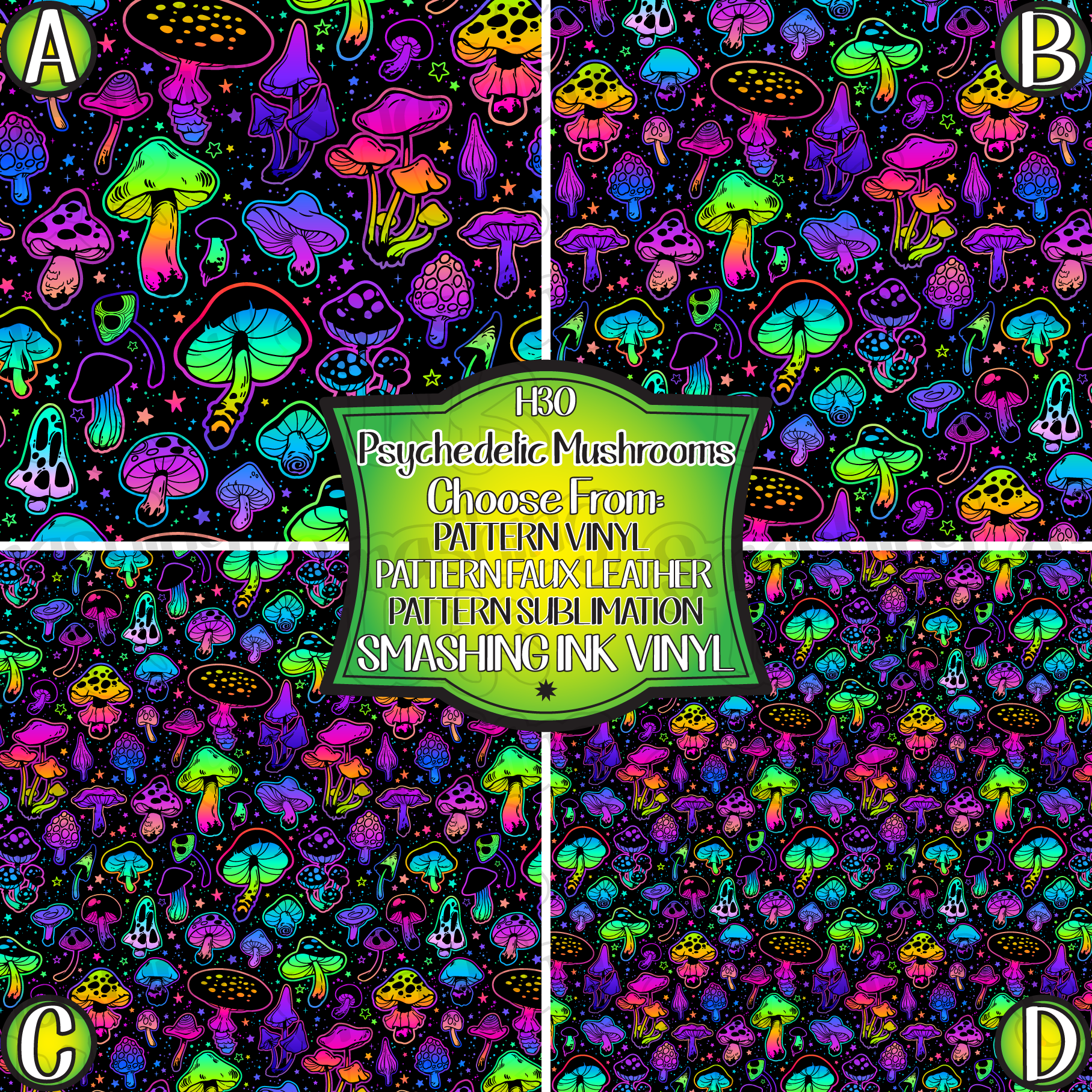All Regarding Psychotomimetic Compounds: Their Function in Psychological Research Study
Psychotomimetic substances, such as LSD and psilocybin, have garnered enhancing passion in emotional research study for their capacity to replicate psychotic signs and give understanding into various psychological health disorders. Their interactions within the brain, particularly through serotonin and dopamine paths, suggest a facility connection between awareness and neurobiology that may unlock novel restorative avenues. As scientists remain to examine their potential applications, honest factors to consider surrounding their use in medical setups become paramount, raising critical questions concerning security and notified permission that require additional exploration.
Meaning of Psychotomimetic Substances
In the realm of emotional research, psychotomimetic compounds are compounds that can generate results looking like those of psychosis, such as hallucinations, delusions, and modified assumptions of truth - About Golden Psycho. These compounds can be identified into different categories, consisting of hallucinogens, dissociatives, and specific stimulants, each creating distinctive emotional effects
The medicinal action of psychotomimetic compounds commonly includes inflection of natural chemical systems, specifically those associated to serotonin, dopamine, and glutamate. Substances like lysergic acid diethylamide (LSD) largely act on serotonin receptors, leading to profound alterations in sensory perception and cognition.
The utility of psychotomimetics in research study depends on their capacity to imitate psychotic signs, supplying a version for recognizing the underlying devices of psychotic problems such as schizophrenia. By examining the impacts of these compounds, scientists can gain insights right into the neurobiological and mental procedures that add to psychosis.
Moreover, psychotomimetic substances have been checked out for their therapeutic capacity in dealing with various mental health problems, consisting of clinical depression and anxiety, highlighting their double function in both study and possible scientific applications.
Historic Growth and Context
The expedition of psychotomimetic compounds has an abundant historical context that goes back to ancient human beings, where substances such as psilocybin mushrooms and peyote were utilized in spiritual and healing techniques. These very early uses often intertwined with spiritual routines, suggesting an extensive respect for the modified states of awareness generated by these compounds.
The mid-20th century noted a considerable switching point in the research of psychotomimetic compounds, especially with the synthesis of LSD by Albert Hofmann in 1938. The succeeding popularization of LSD in the 1960s catalyzed a wave of passion in both its mental results and potential therapeutic applications. Researchers started to explore just how these materials could resemble psychotic states, giving understandings right into mental disease.
Nevertheless, the increasing association of psychotomimetics with counterculture activities caused regulative backlash, finishing in the criminalization of a number of these compounds. Regardless of these obstacles, the rebirth of passion in the restorative potential of psychedelics in the 21st century has motivated restored research. This historical trajectory underscores the advancing assumption of psychotomimetic compounds, transforming from sacred compounds to subjects of clinical questions and, potentially, restorative pledge.
Devices of Activity
Comprehending the mechanisms of action of psychotomimetic compounds discloses the detailed methods these substances interact with the mind's neurochemistry. These substances mostly exert their results through inflection of neurotransmitter systems, especially serotonin, dopamine, and glutamate.
In enhancement to serotonin, dopaminergic pathways are dramatically influenced by substances like mescaline and particular cannabinoids, which can lead to altered states of consciousness and changes in state of mind and motivation. Moreover, the NMDA receptor enmity observed with compounds like ketamine highlights one more pathway with which psychotomimetics might induce dissociative states and extensive changes in thought procedures.
The neurochemical cascades launched by these communications result in complicated and diverse psychological results. Recognizing these devices is critical for both the development of psychological research study and the restorative possibility of psychotomimetic compounds, as they give understandings right into the underlying neural correlates of altered states of awareness.
Current Research and Applications
Recent examinations into psychotomimetic substances have revealed a rebirth of passion in their healing applications, particularly in the fields of psychiatry and psychology. Researchers have begun checking out substances such as psilocybin, LSD, and ayahuasca for official site their possible to minimize signs and symptoms connected with various mental health conditions, including anxiety, anxiety, and PTSD.
Professional tests have actually demonstrated that, when provided in regulated atmospheres, these substances can facilitate extensive emotional experiences, promoting emotional advancements and improved therapeutic results. Researches have actually shown that psilocybin-assisted therapy can lead to considerable reductions in treatment-resistant depression, with effects lasting for several months post-treatment.
Additionally, psychotomimetic compounds are being assessed for their capacity to foster neuroplasticity, potentially permitting more efficient rewiring of maladaptive idea patterns. These searchings for recommend that such compounds may work as accessories to typical psychotherapeutic approaches, boosting the efficacy of therapeutic interventions.
As research progresses, the emphasis is changing in the direction of understanding the ideal dosages, healing setups, and individual features that can make the most of the advantages of these substances. This burgeoning field holds promise for reinventing psychological health treatment paradigms and dealing with the restrictions of my review here traditional psychological medications.
Moral Factors To Consider in Research

Navigating the honest landscape of study involving psychotomimetic compounds is critical to making sure individual security and the honesty of research outcomes. Researchers must prioritize enlightened approval, making certain that participants totally comprehend the potential dangers and advantages related to the substances being studied. This consists of providing comprehensive information concerning feasible emotional results, including intense and lasting effects, and allowing participants the chance to take out from the research at any type of time scot-free.
Furthermore, ethical oversight by institutional testimonial boards (IRBs) is important. IRBs assess research protocols to guard individual welfare and copyright honest criteria. This analysis helps minimize threats and makes certain that studies are conducted with clinical roughness. Additionally, the possibility for coercion must be carefully examined, specifically when susceptible populations are involved.
Discretion is another extremely important consideration. Scientists should implement robust procedures to safeguard participants' identities and information, especially offered the delicate nature of experiences related to psychotomimetic substances (About Golden Psycho). Inevitably, a commitment to honest techniques not only cultivates depend on in between researchers and participants however likewise boosts the integrity article source and validity of the study end results, adding to the development of psychological understanding

Final Thought
In final thought, psychotomimetic compounds, specifically timeless psychedelics such as LSD and psilocybin, offer substantial insights right into emotional disorders via their unique devices of activity. Their restorative potential in dealing with problems like stress and anxiety and PTSD highlights the value of continued research study in this field. Ensuring ethical standards in research study methods is important for individual safety and security and notified consent, permitting for a responsible exploration of these compounds' benefits and implications within emotional science.